
Find your profitable niche in the competitive youth sports market. Learn 10 strategies to identify, implement, and excel in your niche.

After being postponed a year due to COVID-19, it is finally time to celebrate athletic success at the 2020 Olympic Games in Tokyo. The 2020 Olympic Games marks only the 4th time the modern Olympics have been cancelled–the other dates being 1914, 1940, and 1944 due to World Wars I and II.
The Olympics is not only a celebration of sports success, but also the world. Athletes from 206 countries will come together in Tokyo to compete on the biggest stage, and for a chance to bring a gold medal home for their country.
In preparation to cheer on Team USA, we’ve put together 10 fun Olympics facts to get you excited about the Games!
The United States has earned over 2,500 medals throughout the Summer Olympic Games. In Rio 2016, the country set the record for most medals (121) won at the Games including a record-high 46 gold. This marked the 6th consecutive games topping the medal charts for Team USA.
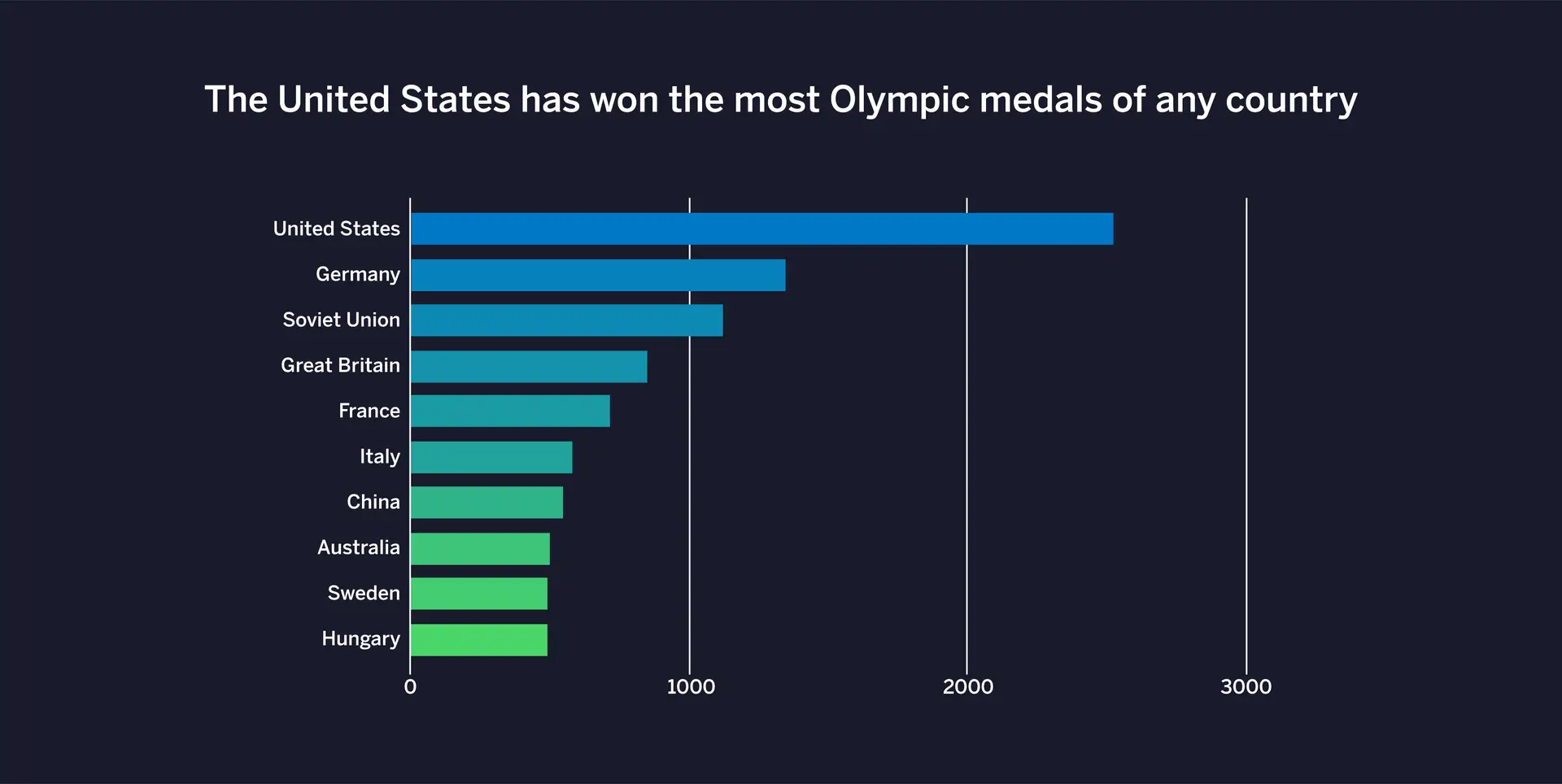
Each of the 5 Olympic Rings represents one of the regions of the world (Africa, Americas, Asia, Europe, and Oceania). Every country’s flag includes at least 1 of the colors of the Olympic Rings (blue, yellow, black, green, and red).
Red was by far the most represented color, with 9 of 10 top medal-winning countries having red in their flag. The next most popular color was blue, followed by yellow. Rounding out the list are black and green.
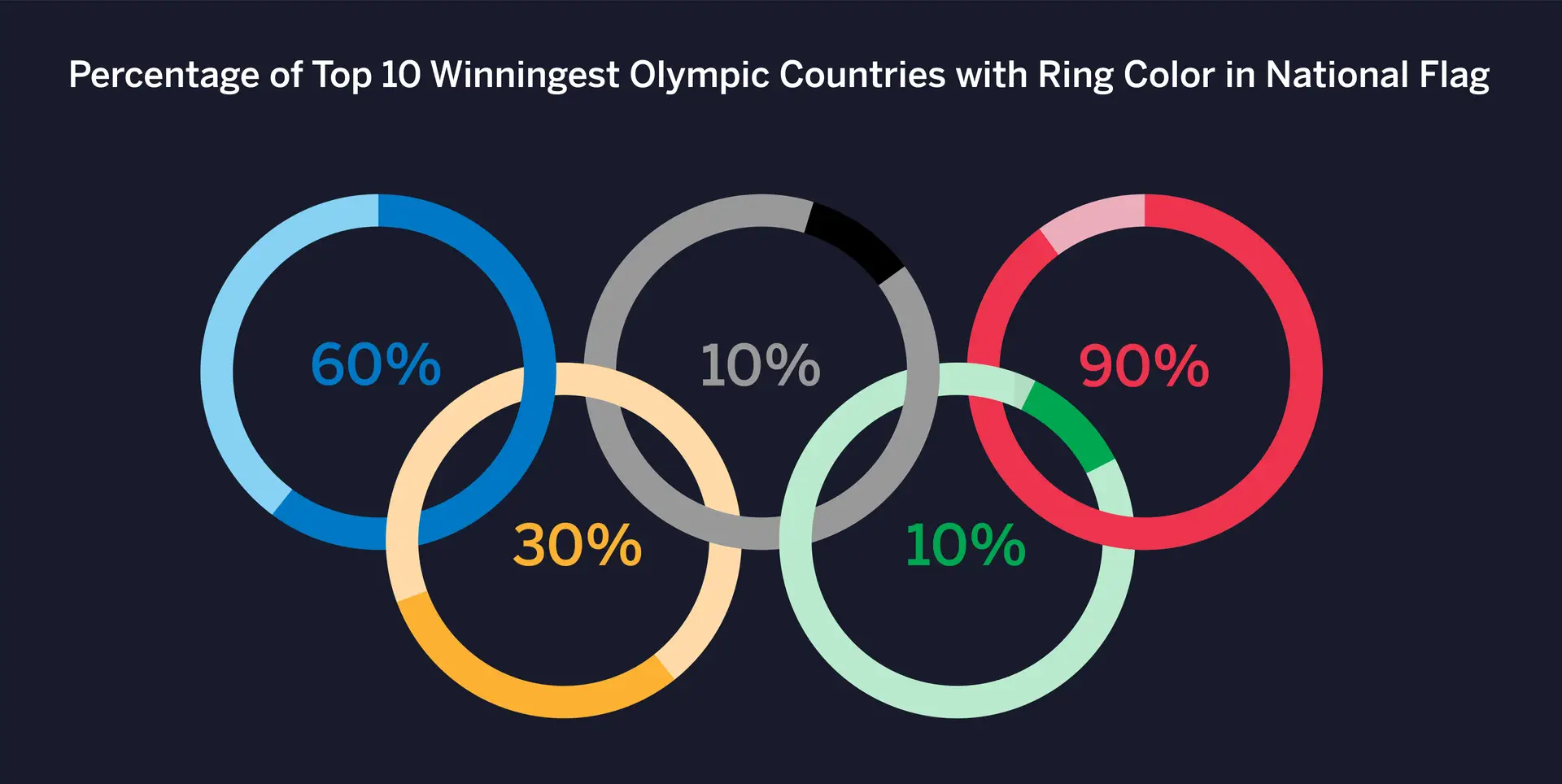
To put this in perspective, the longest Olympic Swimming event (aside from the Marathon Swim contested in open water) is 30 laps.
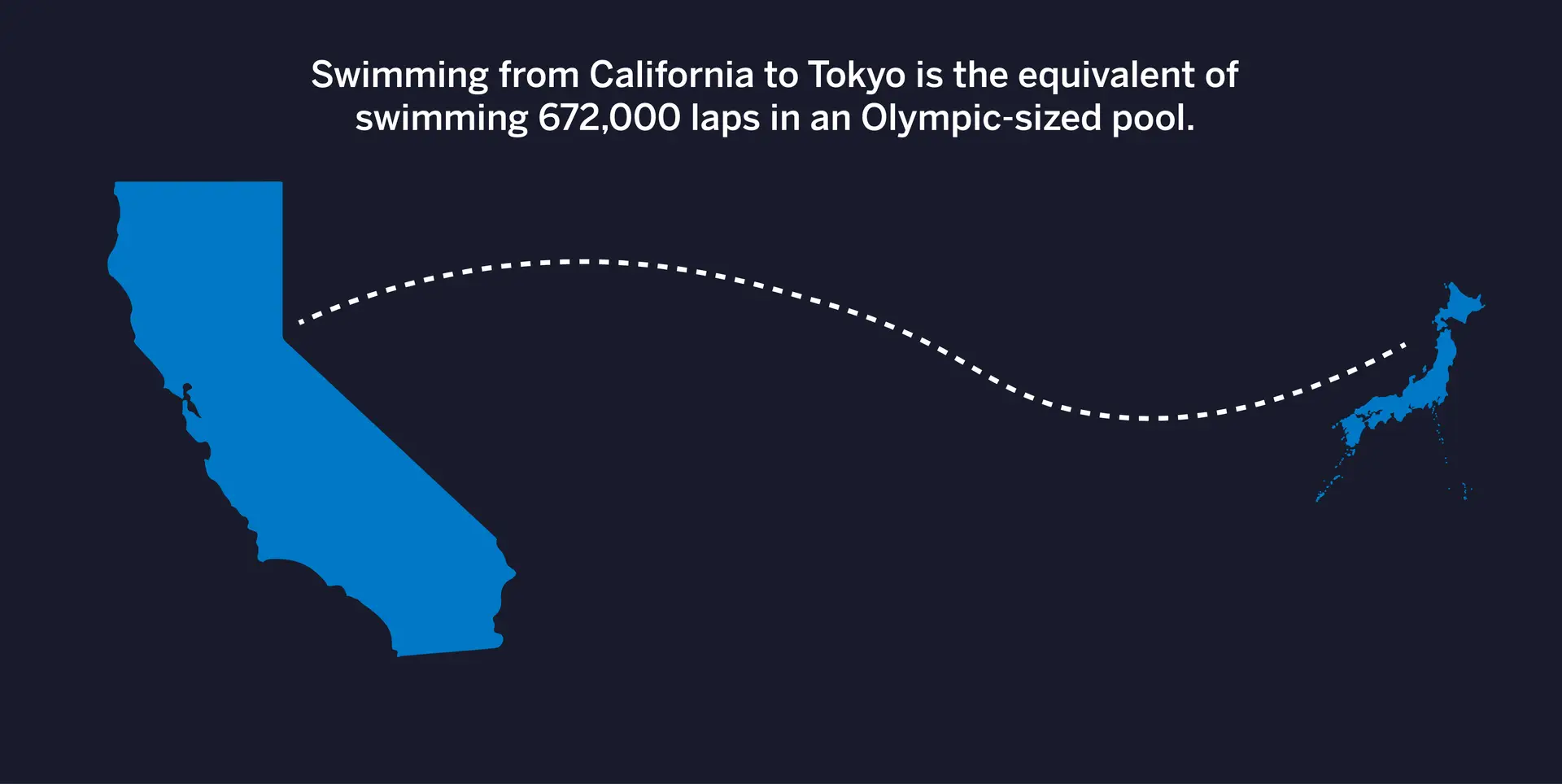
An outdoor track is 400 meters, or about a quarter of a mile long. Track athletes compete in events ranging from 100 meters to 10,000 meters.
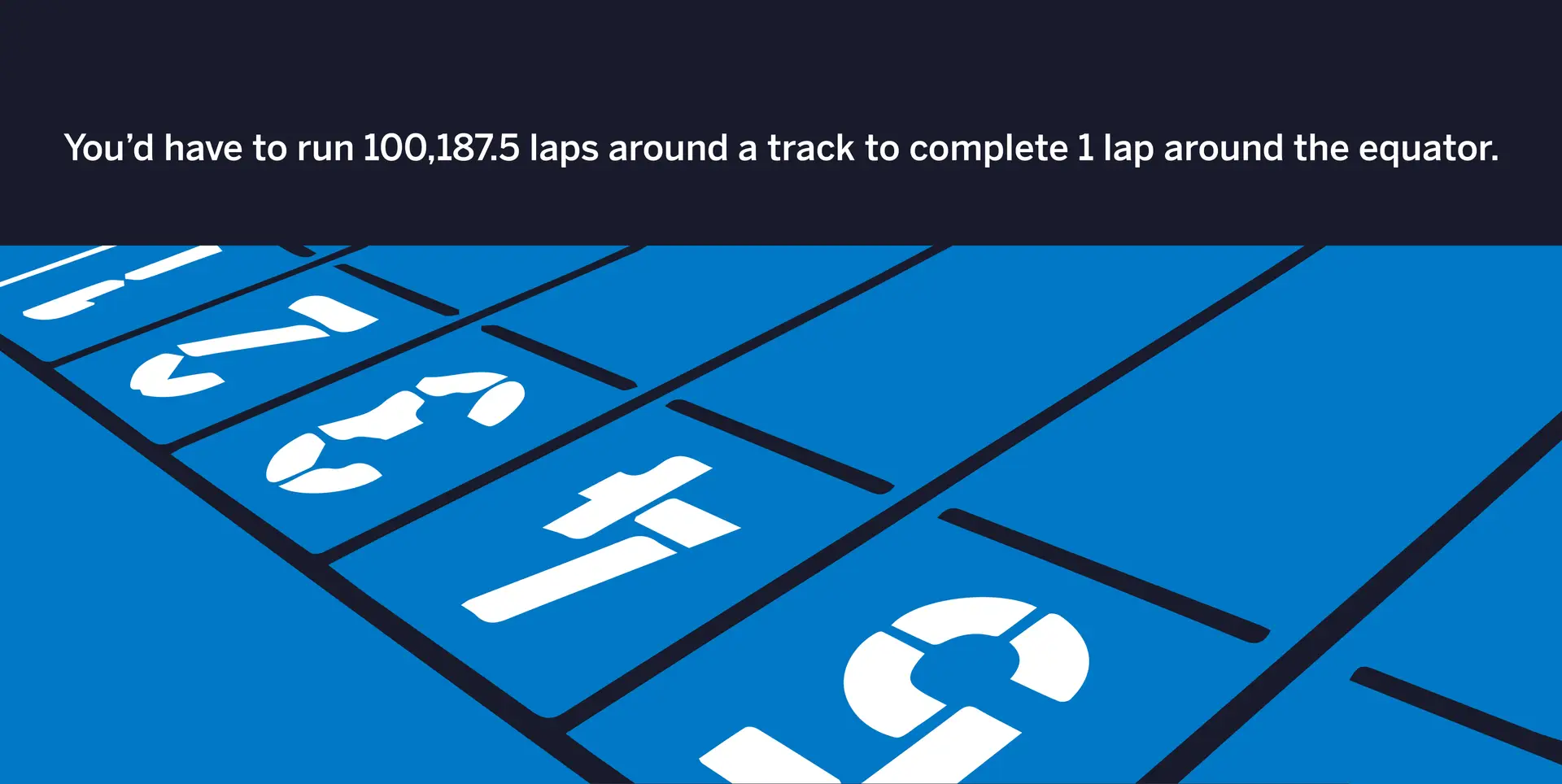
Michael Phelps has earned 28 medals across 5 summer games, and a record 23 gold medals. Phelps first competed in the Olympic Games in Athens 2004, and retired after the Games in Rio 2016.
Five of the top 15 most decorated Olympian athletes also represented Team USA: Jenny Thompson, Swimming; Ryan Lochte, Swimming; Dana Torres, Swimming; and Natalie Coughlin, Swimming. These four athletes have won 12 Olympic medals apiece.
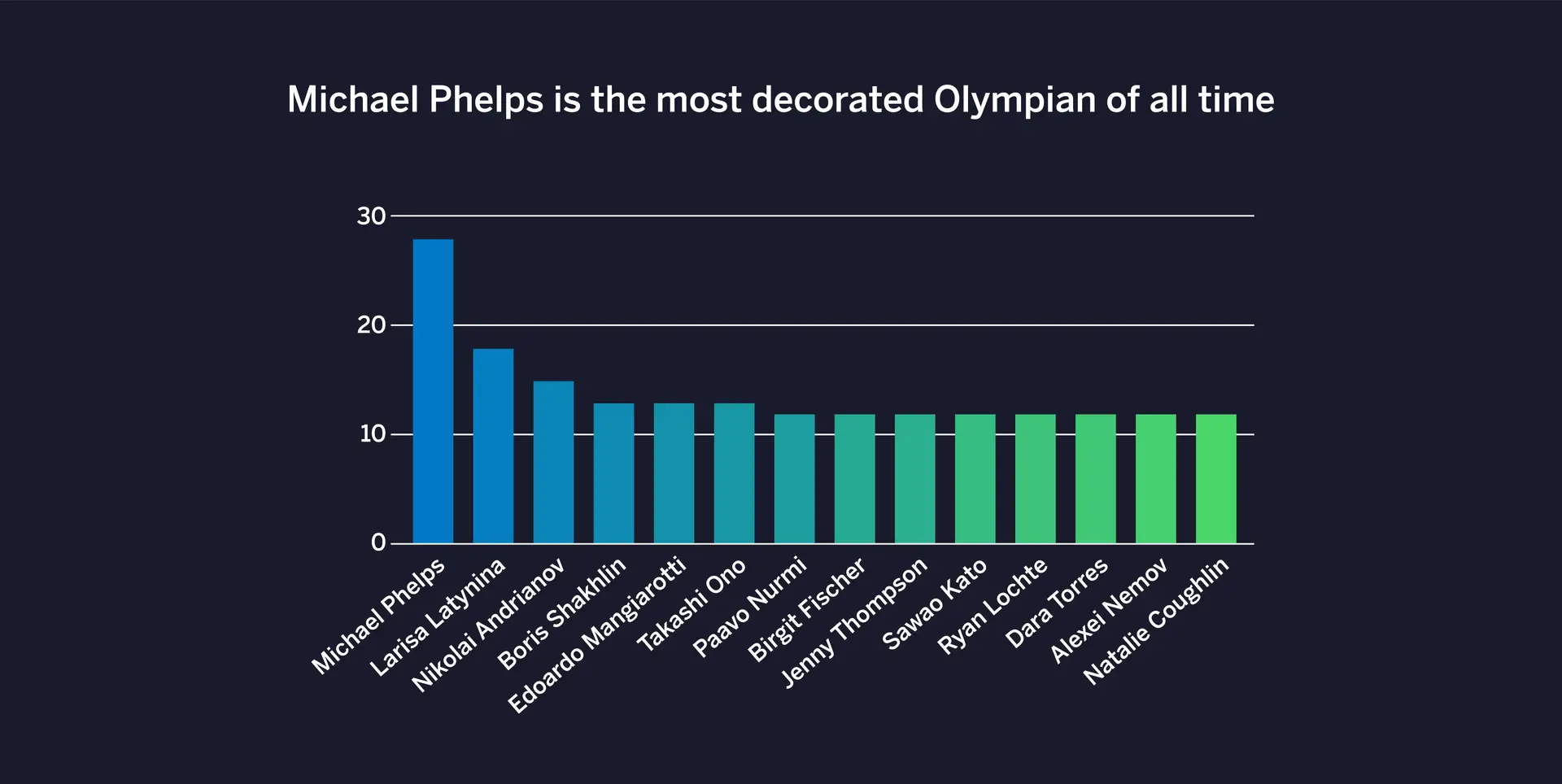
Speaking of swimming…
Team USA is sending 53 swimmers (20 women and 25 men) to Tokyo, 15 more than any other country. The United States has historically dominated Swimming events. At the Rio 2016 Olympics, Team USA brought home medals in 29 of 32 races. This year, swimming has expanded to include 3 more events, increasing the opportunities for more American men and women to bring home medals.
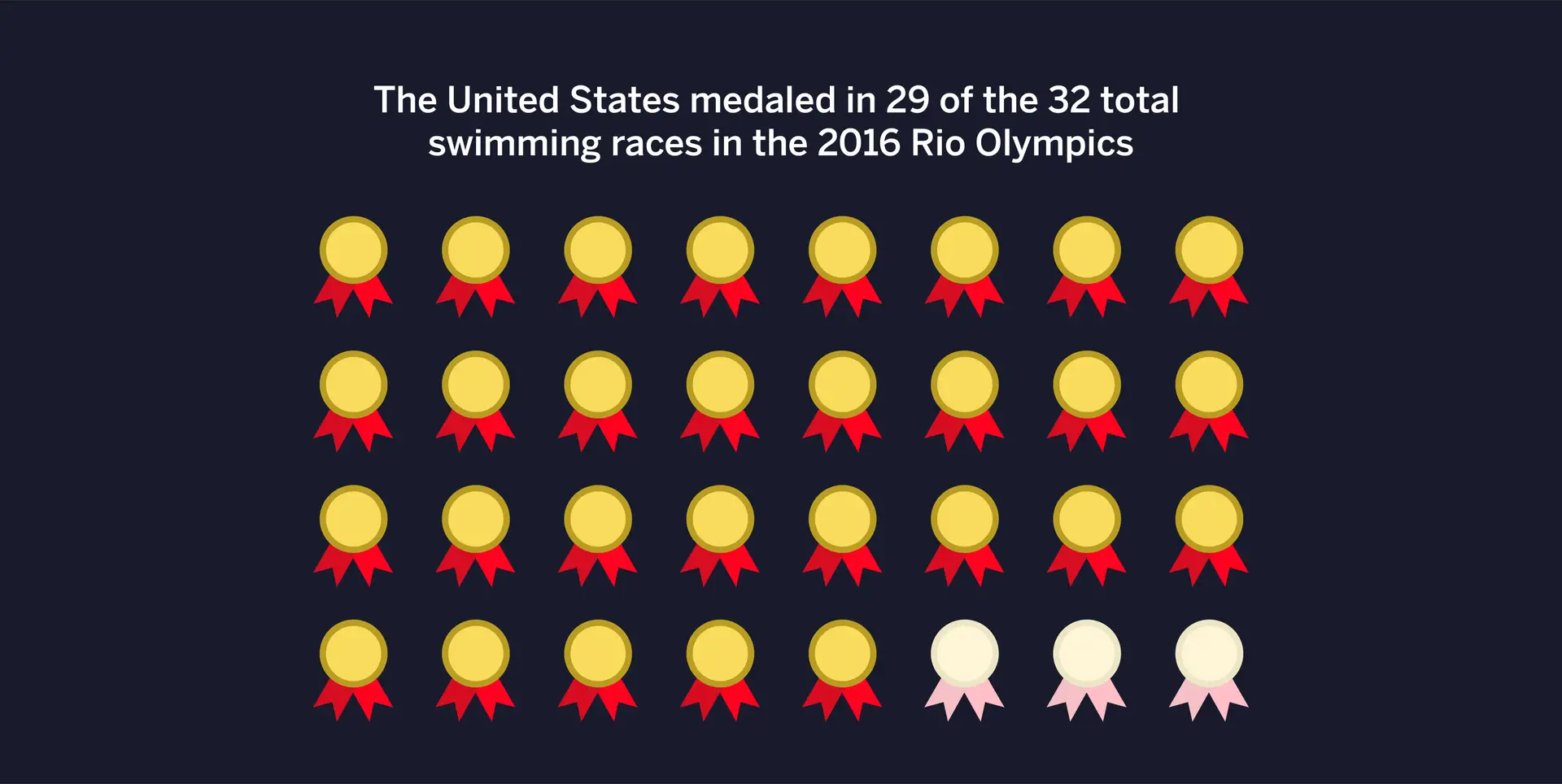
Simone Biles may only be 4’8”, but she flies nearly twice her height during her floor routine. This is due to the amount of momentum she is able to build up, as well as the control she maintains over her body while she is flying in the air. She is also well-known for the heights she reaches on vault and beam, two other artistic gymnastics events.
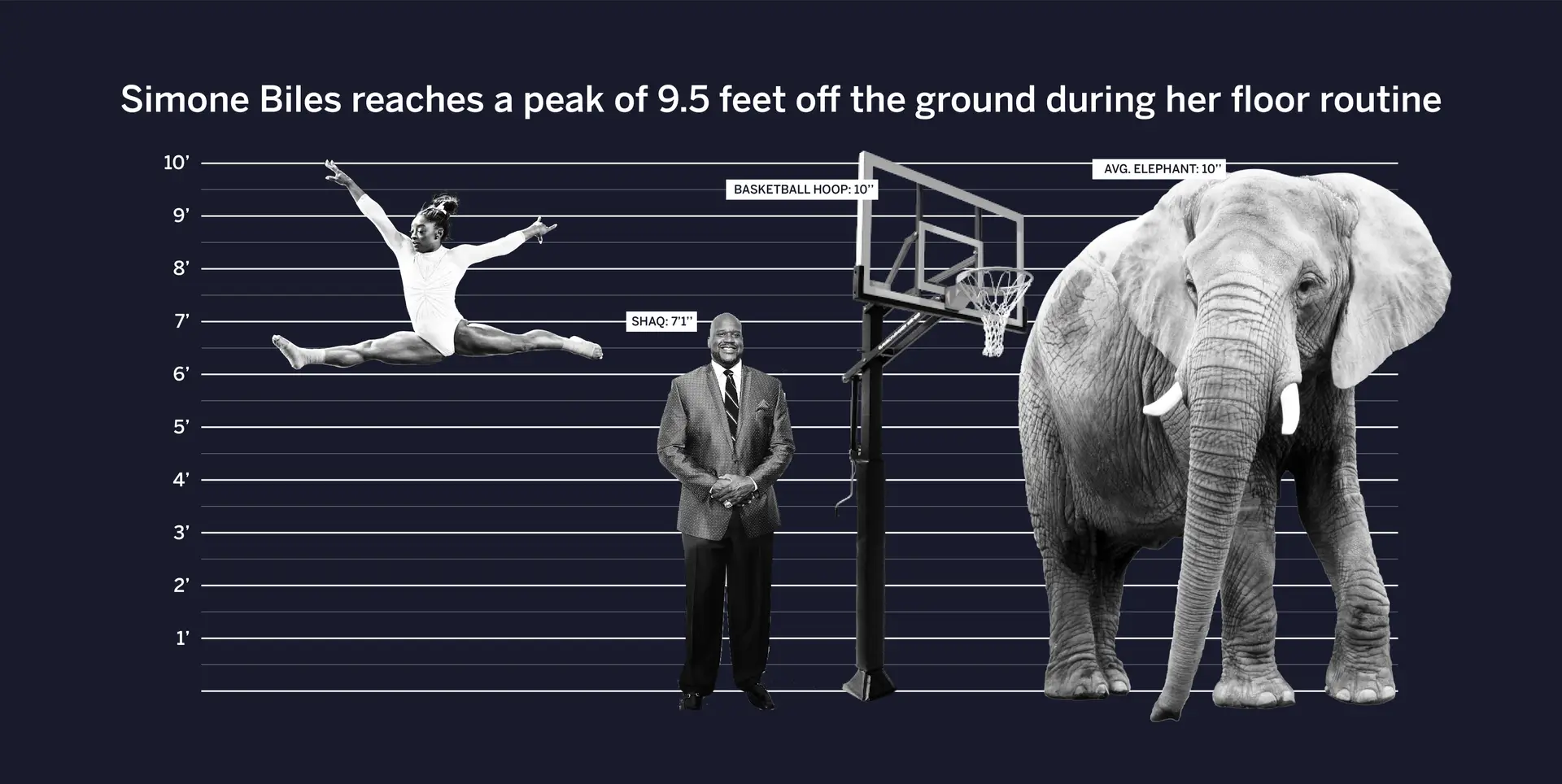
We often think of track and field, swimming, or cycling when we think of speed, but 10-meter platform divers also travel at high speeds. Divers can travel at speeds of roughly 35 miles per hour upon entry into the water, which is why form and focus are so important for these athletes.
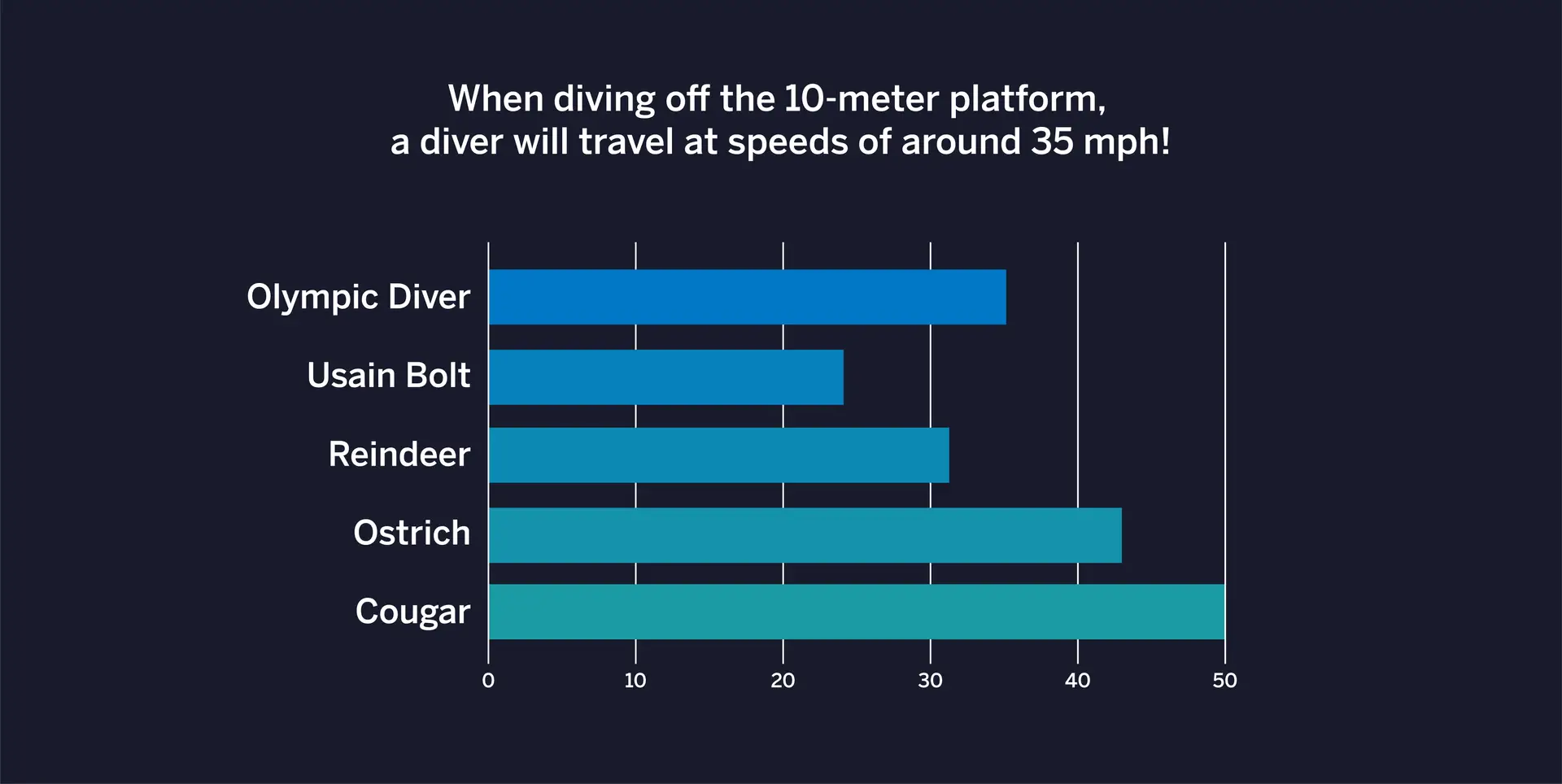
When Tokyo last hosted the Summer Games in 1964, 5,151 athletes across 93 countries competed in 19 different sports. Less than 14% of those athletes were women. In the 2020 Games, we expect to see over 11,500 athletes competing across 30 different sports. Of those participants, nearly 50% are female. Overall, there is 45% growth in participant numbers.
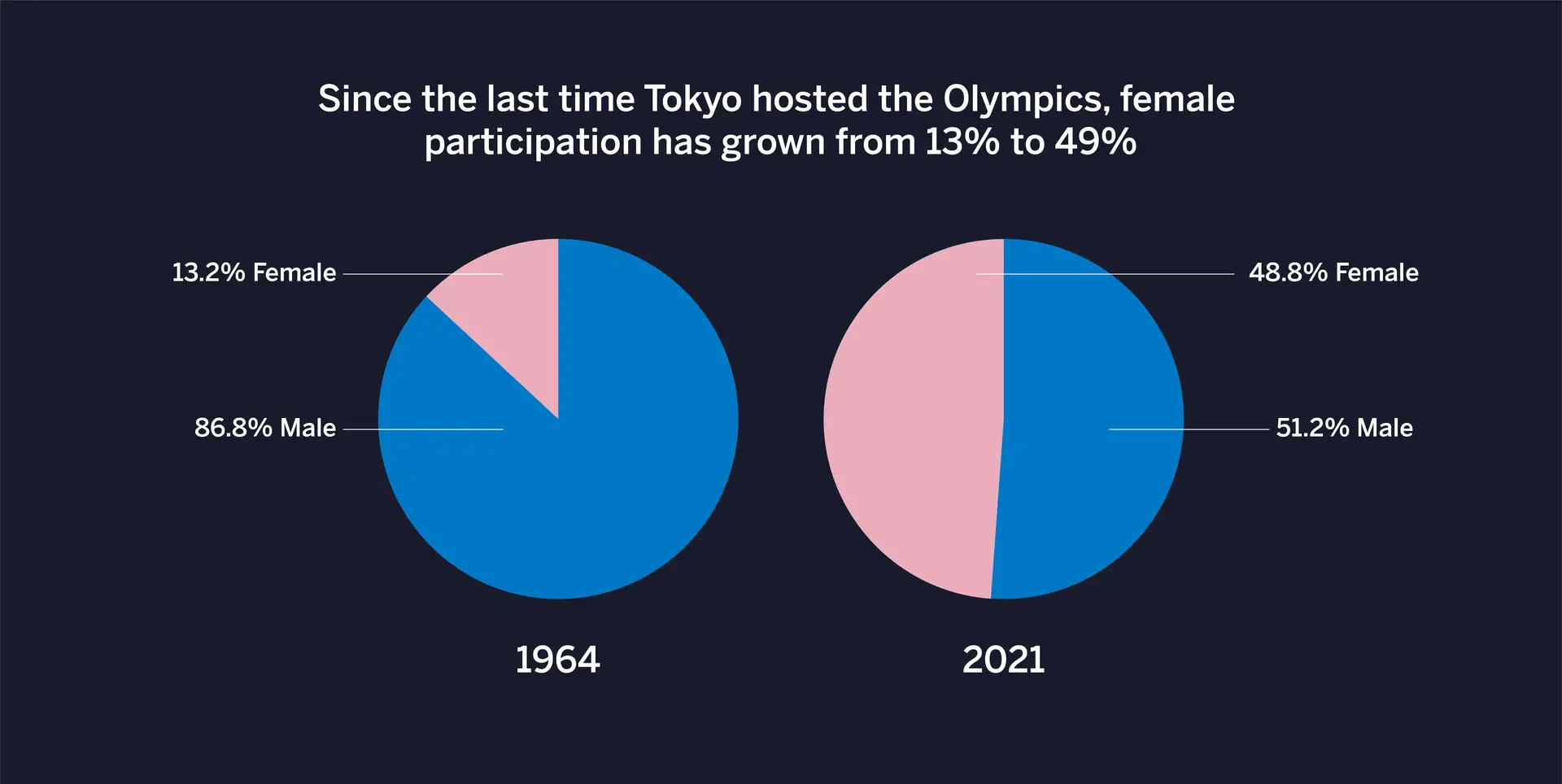
Tokyo is the first city to host the Paralympic Games on two separate occasions. Compared to the first time Tokyo hosted, the Paralympic Games includes 10 times more athletes than the 1964 Paralympic Games. Tokyo 1964 was also the first time the term ‘Paralympics’ appeared in official documentation. Over 50 years later, the Paralympic Games return to Tokyo.
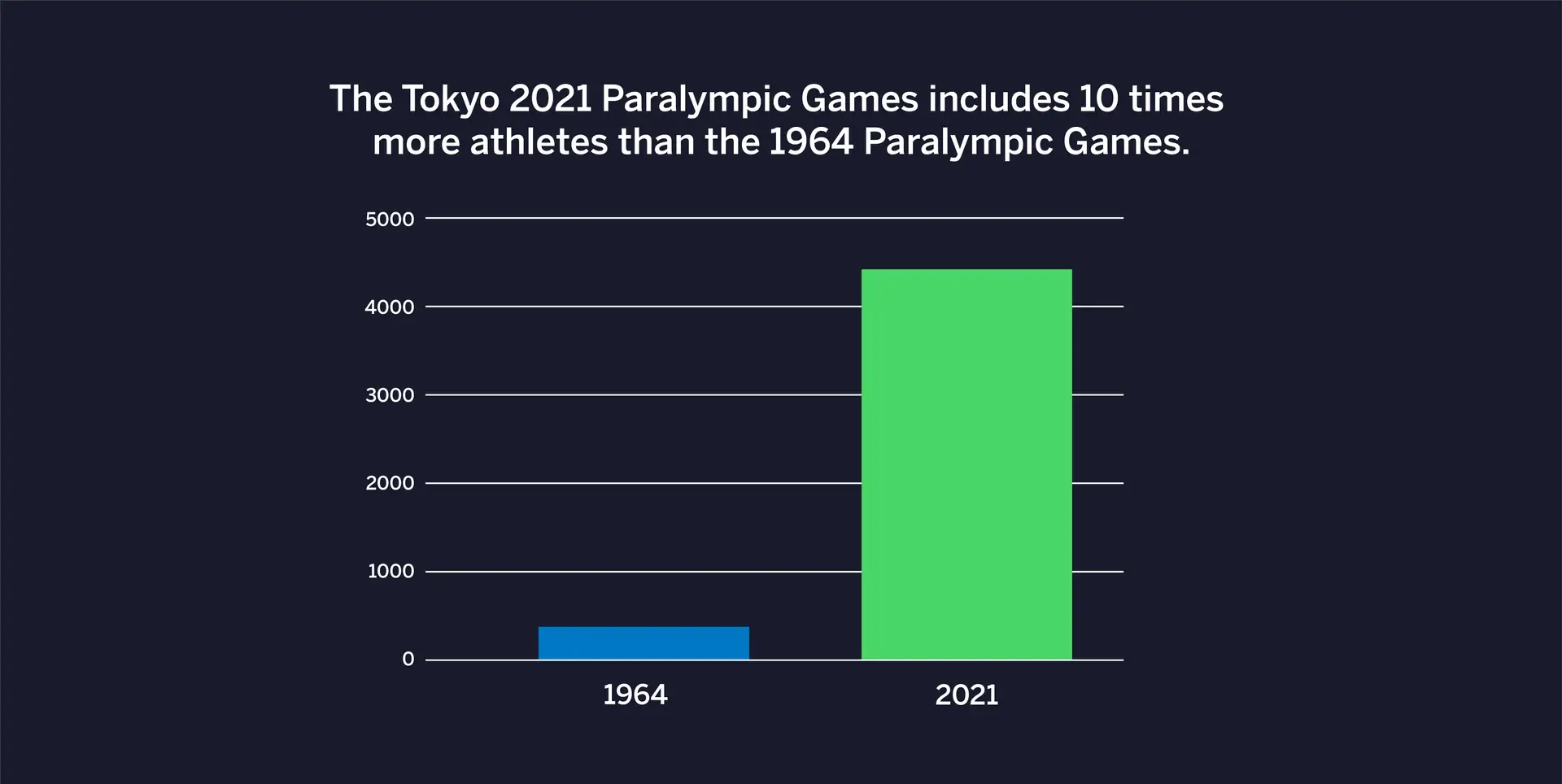

Find your profitable niche in the competitive youth sports market. Learn 10 strategies to identify, implement, and excel in your niche.

Whether you’re just starting out or you’re looking for ways to take your sports facility to the next level, there are resources and tools available to help you achieve your goals and succeed in the competitive youth sports industry. We’ve compiled a list of ten of our most popular sports facility management resources that can help you gain a competitive edge.
